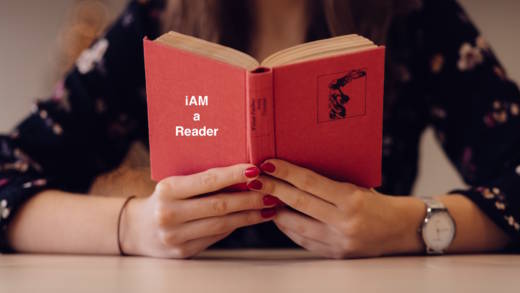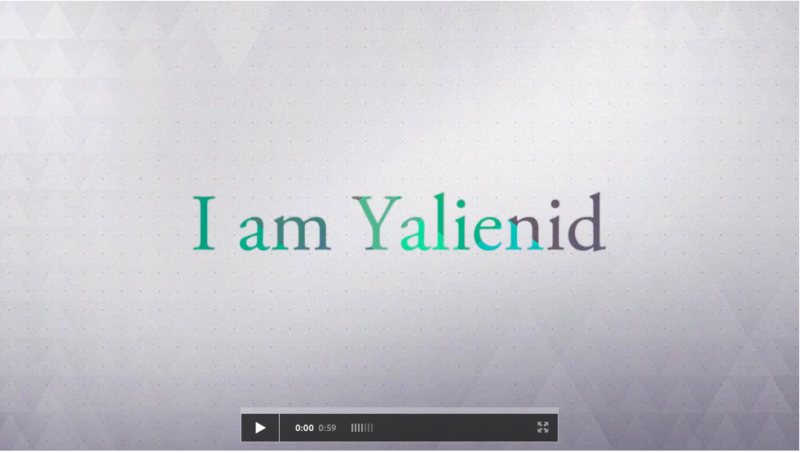As a high school journalism teacher, I have started my classes off for years with various digital ‘get-to-know-you’ activities — everything from having students write me a letter using the computer, to playing various online interactive classroom games— all, theoretically, supposed to give me a better idea of who my students are and what their needs might be.
However, since I’m always looking for ways to provide my students with NEW opportunities to engage with digital media, I decided this year, for the first time, to also offer my students a chance to describe themselves via a video project I call the iAM Video Project, with this project having been inspired by fellow journalism educator Don Goble’s iAm iMovie Trailer Project.
THE PROJECT
The iAM video project allows students to engage at the highest level of critical thinking through digital storytelling. It is also a fun and easy way to learn important media literacy lessons by creating content using photos, audio and video.
While the idea of this project was initially developed with iPads in mind, and using the iMovie application, I made modifications to make it more accessible for classes who might not be using Apple products.
Using Adobe Spark’s video feature, students were tasked with creating a video project that would tell the world who they are. They were asked to address the following questions: What do you care about? Who do you care about? What/who do love/like? What do you aspire to be? Students were also allowed to incorporate anything else that they felt was important.

